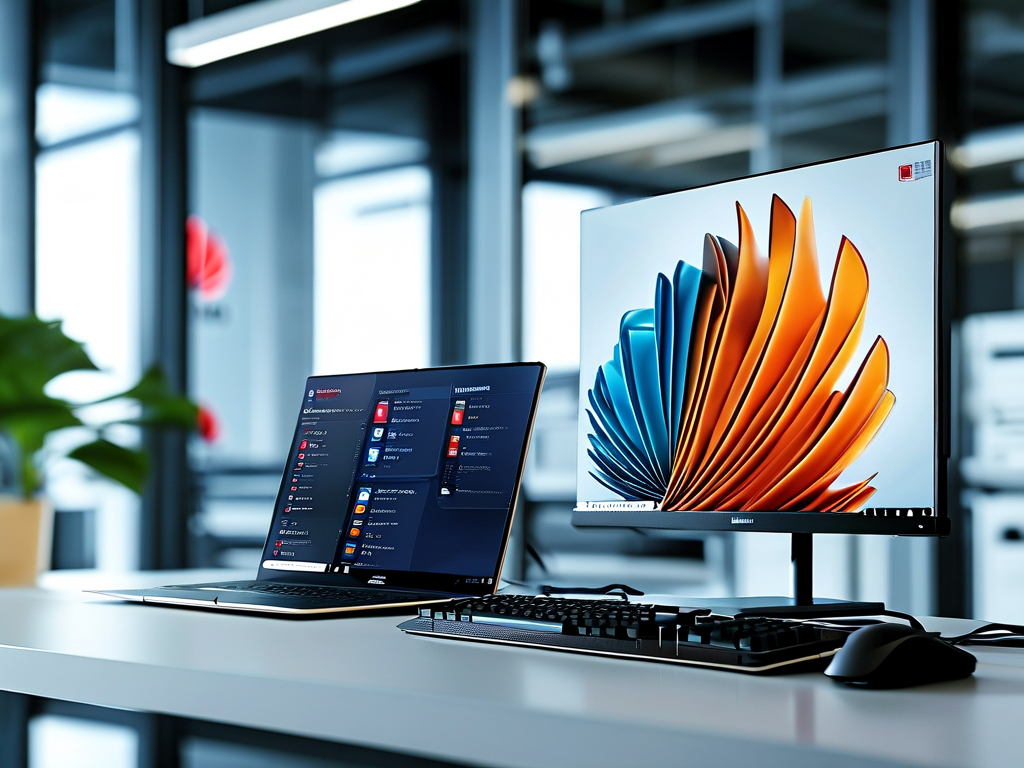In the fast-paced world of mobile technology, efficient memory management is critical to ensuring seamless user experiences. Huawei, a global leader in smart devices and software solutions, has introduced OptiMem—a cutting-edge memory optimization tool designed to elevate device performance across its product ecosystem. This article explores how OptiMem works, its unique features, and the impact it has on modern smartphones and beyond.
The Challenge of Modern Memory Demands
As apps grow more complex and multitasking becomes standard, devices often struggle with memory allocation. Traditional memory management systems face bottlenecks when handling background processes, leading to lag, app crashes, or reduced battery life. Huawei recognized these pain points early and developed OptiMem to address them through intelligent resource distribution.

How OptiMem Stands Out
Unlike conventional tools that rely on static algorithms, OptiMem leverages machine learning to analyze usage patterns in real time. It dynamically prioritizes active applications while compressing or suspending idle tasks. For example, if a user switches between a video call and a game, OptiMem ensures both apps receive adequate RAM without overloading the system.

One standout feature is "Smart Compression," which reduces the memory footprint of background apps by up to 40%. This technology uses lightweight encoding techniques to retain app states without consuming excessive resources. Additionally, OptiMem’s "AI Cleanup" automatically identifies and terminates redundant processes, such as cached data from unused apps.
Technical Integration and User Benefits
Huawei has integrated OptiMem deeply into its EMUI and HarmonyOS frameworks. During lab tests, devices running OptiMem showed a 25% improvement in app launch speeds and a 15% reduction in power consumption during heavy multitasking. For consumers, this translates to smoother gaming, faster photo editing, and longer battery life—even on older devices.
Developers also benefit from OptiMem’s open API suite, which allows apps to request optimized memory profiles. A case study involving the popular social media app WeChat demonstrated a 30% decrease in background data usage after adopting OptiMem’s SDK.
Beyond Smartphones: A Broader Vision
Huawei envisions OptiMem as part of a unified memory management architecture for IoT devices, tablets, and even automotive systems. In smart home scenarios, OptiMem could allocate resources between security cameras, voice assistants, and entertainment systems based on real-time priorities.
Addressing Privacy and Security
Critics have raised concerns about background data collection in AI-driven tools. Huawei emphasizes that OptiMem processes all analytics locally on the device, with no user data transmitted to external servers. The system’s permissions are also customizable, allowing users to whitelist critical apps from automated cleanup.
The Future of Memory Optimization
With the rollout of 5G and foldable devices, memory management will only grow more complex. Huawei plans to enhance OptiMem with predictive algorithms that preload frequently used apps and adaptive compression rates tailored to network conditions. Early prototypes suggest these upgrades could extend device longevity by reducing write cycles on storage hardware.
In , Huawei’s OptiMem represents a significant leap in memory management technology. By combining AI, real-time analytics, and cross-device synergy, it sets a new standard for performance optimization—proving that software innovation remains at the heart of hardware advancement.









